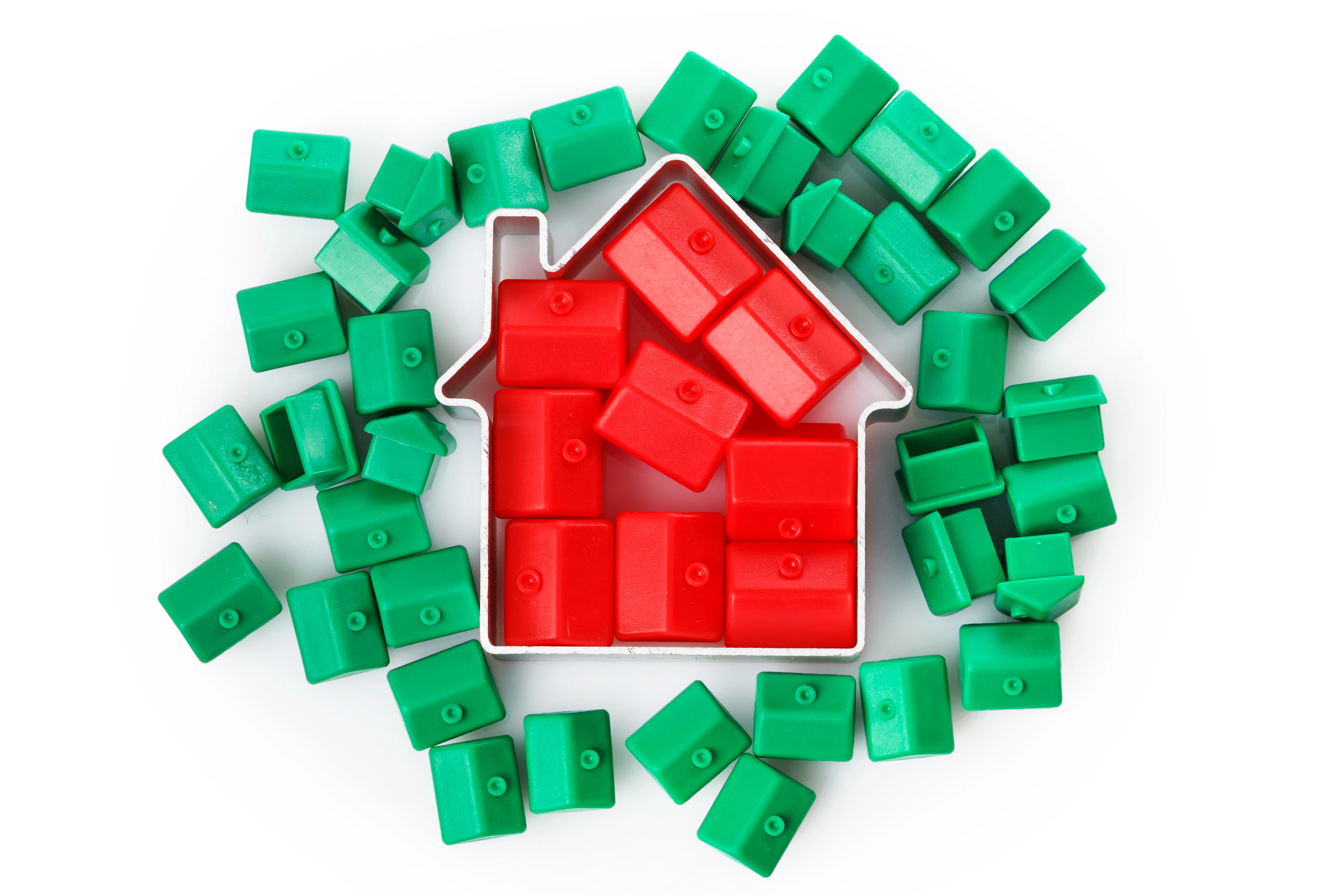Council Tax Demystified: What It Is, Who Pays, and How It Works
Confused about council tax when buying a home? Understanding how properties are banded and what you’ll pay can save you from unexpected costs. Read our quick guide to learn how the system works and what to expect based on your property's value!
Council Tax when buying a home can be a tricky thing to wrap your head around. Every home has a band, and the more homes you look at, the less sense the band system makes. Right?
Well, no more; we are here to explain what council tax is, how the band system works, and what you should expect to pay yearly based on the band your property is valued at.
All in 500 words or less.
What is Council Tax?
Firstly, what is council tax?
Council tax is the tax you pay to your local council for the maintenance of your community. The better the community in a neighbourhood, the more council tax you pay.
Council tax funds education services in the area as well as Police and Waste Management.
Each local council individually decides on the range of the council tax, meaning it can change dramatically depending on where you are planning to buy property and what kind of property you are looking for.
The better the services of education and public transport, the more council tax you will have to pay.
The Bands of Council Tax
Your property is then placed into a band coordinated with the price you will pay. Your property is categorised based on a number of things.
- The size of your property.
- The layout of your property.
- The character of the property. (how individual it is).
Council Tax Band Breakdown
There are bands A to H. Here is a breakdown of the criteria foreach band of council tax.
Band A: Properties Up to £40,000
Small apartments and modest homes are the most affordable sectors for council tax.
Band B: Properties £40,001 to £52,000
They have a slightly higher band, meaning they offer slightly more amenities.
Band C: Properties £52,001 to £68,000
This band holds the majority of family homes and developing areas.
Band D: Properties £68,001 to £88,000
Family homes with better location or bigger size.
Band E: Properties £88,001 to £120,000
Higher due to better location, larger size or quality of construction.
Band F: Properties £120,001 to £160,000
More luxurious housing and much better amenities justify their higher placement in council tax.
Band G: Properties £160,001 to £320,000
This band represents luxurious living spaces that are located in the most sought-after living spaces in the area.
Band H: Properties Over £320,000
The highest tax band to be in for council tax.
These homes represent the pinnacle of residential luxury homes.
Band Cost Breakdown for the South Tyneside Area
We are based in South Shields in South Tyneside, and this Table will give you an idea of the pricing for the area. If you are in a different location, you will need to look on your local council's website.

For more information on the council tax band for your property, click here.
To understand how the bands are assessed, click here.
To start your mortgage journey, contact us at hello@hellomortgage.co.uk




